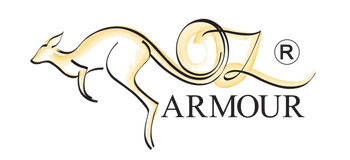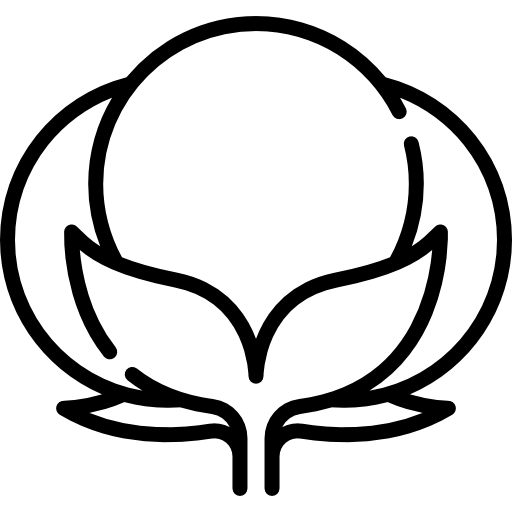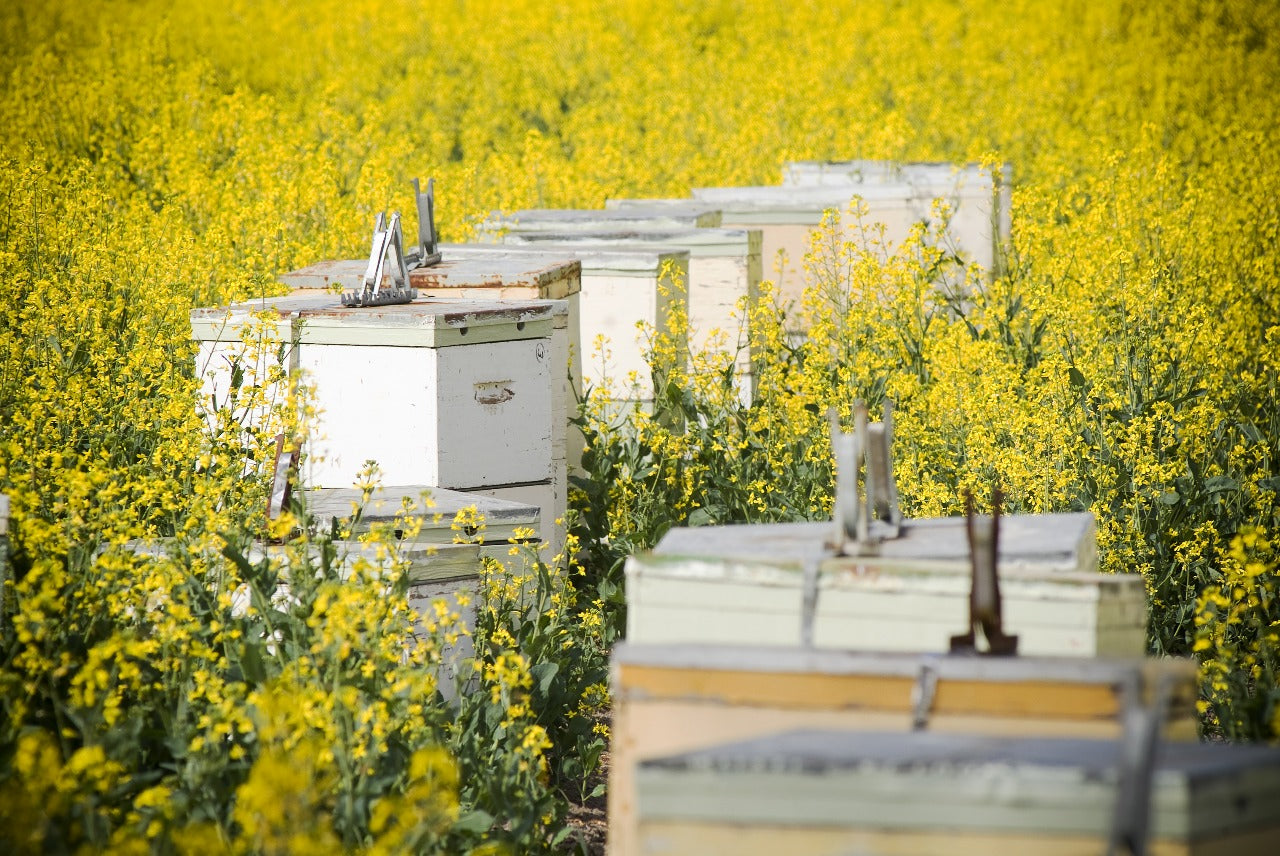Harvesting honey is one of the most rewarding moments for any beekeeper, especially new ones. However, before you jump into it, there are essential steps to ensure a smooth, safe, and successful harvest. This checklist will guide you through each stage, from understanding when your honey is ready to caring for your hive post-harvest. Let’s dive into what you need to know before you harvest honey.
When Is Honey Ready to Harvest?
Knowing when honey is ready to be harvested is the first and most crucial step. Honey is mature when it’s at the right moisture content and capped by the bees. Capped honey cells indicate that the honey has reached the correct moisture level (around 17-18%) and is ready for storage, meaning it won’t ferment or spoil.
Take your time in assessing this stage; harvesting honey before it’s fully capped can lead to a less stable product. Look for frames that are at least 80-90% capped to ensure your honey is perfect and long-lasting.

Tools Needed to Harvest Honey
Having the right bee harvesting tools checklist will make your harvest smoother and safer. Here’s a rundown of the essential tools needed for your first harvest:
- Bee Smoker: A smoker helps calm the bees and minimizes disruption during the harvest.
- Uncapping Knife or Fork: This tool is used to open capped honey cells without damaging the honeycomb.
- Honey Extractor: A centrifugal device that extracts honey without damaging the comb, allowing for reuse.
- Protective Gear: Beekeeping suits and gloves are essential for safe harvesting.
Investing in quality equipment will not only ease the process but also help you get the most out of your harvest. For new beekeepers, using high-quality tools can make a big difference.
How to Prepare Beehive for Honey Harvest
Preparation is key when approaching your hive to harvest honey. Use a bee smoker to calm the bees before you start, which will reduce stress and the likelihood of aggressive behavior.
Additionally, it’s a good idea to work slowly and methodically. Try not to disturb the hive too much; you want to be as gentle as possible to avoid unnecessary stress on the bees. Remember that calm bees are easier to work with and make for a safer harvest.
Harvesting Honey Safely
Safety should always be a top priority, especially for new beekeepers. Knowing how to harvest honey without disturbing bees can help protect both you and the bees. Move carefully and avoid jerky movements, which can alarm them.
A step-by-step approach is often best: start by removing frames one at a time, gently brushing off bees as needed. Use the uncapping knife carefully and work slowly to keep the bees relaxed. Not only will this help you avoid stings, but it will also ensure that you leave the hive in a healthy state after harvesting.
Honey Extraction for Beginners
Once you’ve removed the honey frames, it’s time for extraction. For beginners, using a honey extractor is often the easiest method. The extractor spins the honey out of the comb without damaging it, allowing you to reuse the comb in the hive.
How to Store Honey After Harvest
Proper storage is essential to maintain the quality of your honey. Once extracted, strain the honey to remove impurities and pour it into clean, airtight containers. Store your honey in a cool, dark place to prevent it from crystallizing or fermenting. Taking care with how you store honey after harvest will keep it fresh and delicious for a long time.
Caring for Hive After Honey Harvest
After you’ve completed the harvest, it’s essential to focus on post-harvest beehive management. Make sure your bees have enough resources left in the hive, especially if you’re harvesting close to fall. Replace any removed honey with sugar syrup or pollen supplements if necessary.
A quick health check for your bees is also recommended at this stage. Look for any signs of stress or disease and address these promptly. Taking good care of your hive post-harvest will help ensure that your bees remain healthy and productive for future seasons.
OZarmour Beekeeping Suits and Jackets: Protection and Comfort Combined
At OZarmour, we offer a top-notch collection of Best Beekeeping Suits , Beekeeping Gloves, Beekeeping Veils, Beekeeping Trousers, Beekeeping Suits For Kids, Pink Beekeeping Apparels, Tools & Accessories and Beekeeping Jackets designed to provide the ultimate protection for beekeepers at every skill level. Crafted with durable, high-quality materials, our suits and jackets feature breathable fabrics that keep you cool while ensuring complete protection from bee stings. Each piece is tailored for comfort, with reinforced stitching and secure closures to safeguard against even the smallest intrusions. Whether you're a new beekeeper or experienced in honey harvesting, our OZarmour beekeeping suits and jackets are an essential investment for a safe, comfortable, and productive beekeeping experience.
Conclusion
Harvesting honey is an exciting milestone for new beekeepers, but it requires careful planning and attention to detail. By following this checklist before you harvest honey, you can ensure a smooth, safe, and rewarding experience. From understanding honey maturity and using the right tools to preparing the hive and practicing safe extraction, each step is essential for a successful harvest. Don’t forget post-harvest care, as it helps maintain a healthy hive ready for future seasons. With the right approach and quality gear, like OZarmour’s Beekeeping Suits and Jackets, you’ll be fully prepared to enjoy the fruits of your labor safely and comfortably.
Want to learn more? Read more blogs about beekeeping and explore high-quality protective gear from OZ Armour, including jackets, suits, gloves, veils, trousers, kids’ suits, and ankle protection.













